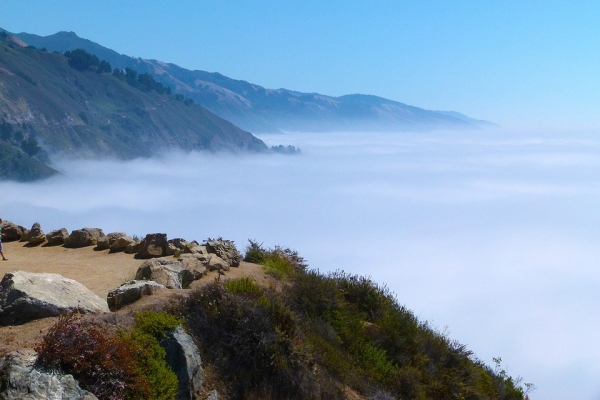People often say things like Phoenix has always been dry; Seattle has always been wet; and San Francisco has always been foggy. But “always” is a strong word.
A study from the University of California, Davis, synthesizes climate trends across the Western U.S. during a relatively young period of Earth’s history — the Holocene Era, which stretches from the present day to the past 11,000 years. This look at the really Old West shows that the hallmarks of California’s climate — the foggy coastlines that gave rise to towering redwoods, the ocean upwelling that spawned productive fisheries, the warm summers and mild winters — began around 4,000 years ago.
It also reveals a time when the Pacific Northwest was warm and dry and the Southwest was warm and wet.
An Understudied Era: The Current One
Published in Climate of the Past, a journal of the European Geosciences Union, the study provides a baseline against which modern climate change in the region can be considered. It also sheds light on a lesser-studied geological epoch — the current one, the Holocene.
“We kept looking for this paper, and it didn’t exist,” said lead author Hannah Palmer, who recently earned her Ph.D. from the UC Davis Department of Earth and Planetary Sciences. “There are many records of past climate for a single location, but no one had put it all together to understand the big picture. So we decided to write it.”
Read more at University of California - Davis
Photo Credit: ArtTower via Pixabay


